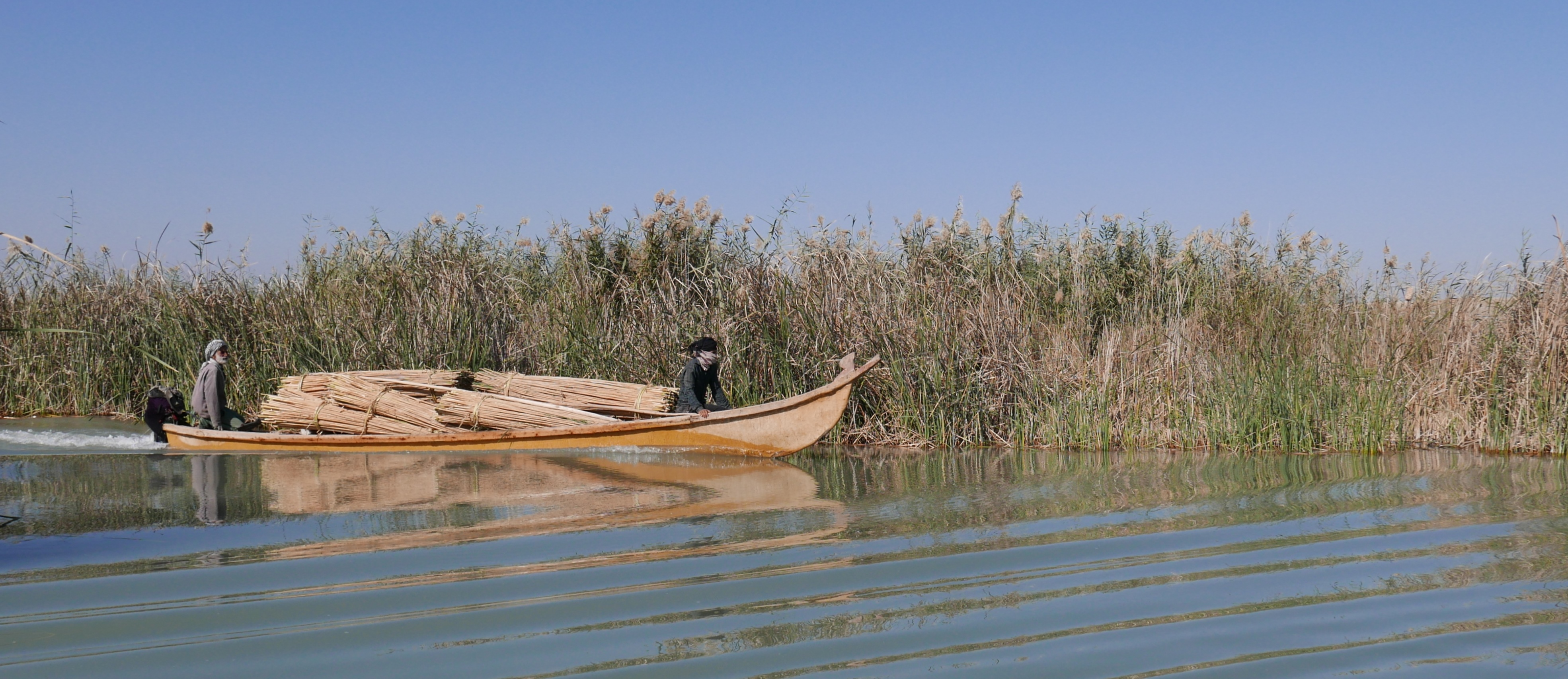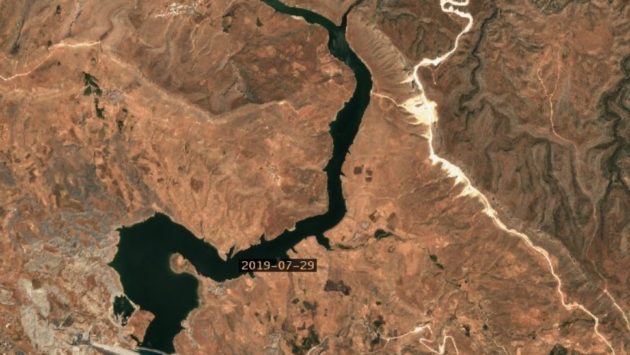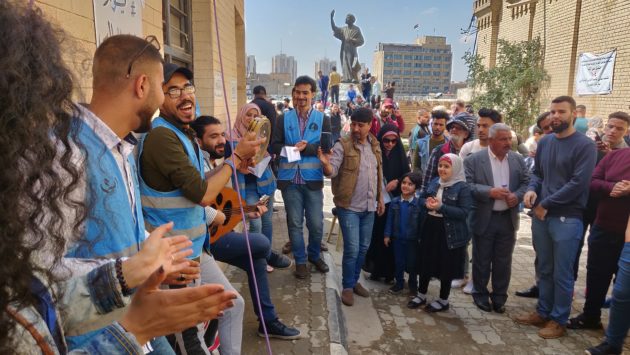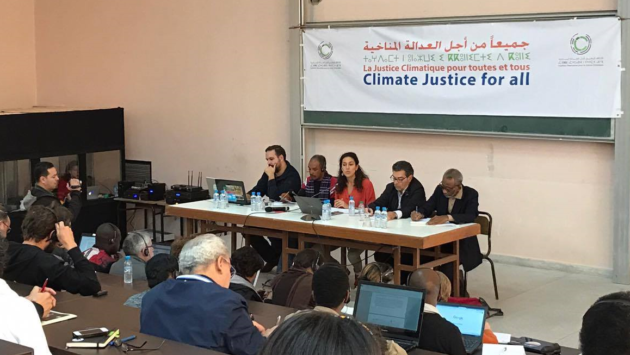Iraq and Iran’s Hawizeh Marshes: Threats and Opportunities
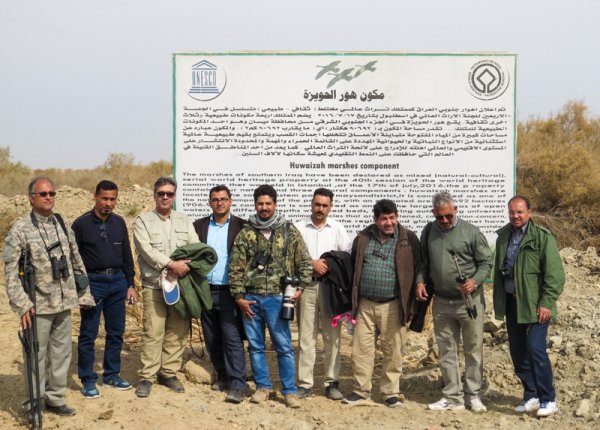
Laith Alobaidi – Nature Iraq / Humat Dijlah
The Hawizeh Marshes form a large part of the famous Mesopotamian marshlands and southern Iraq, east of Tigris River on the Iraqi-Iranian border, shared between Iraq and Iran with the Iranian marshes known as Hor Al-Azim. They make up the largest wetland in this area, and are internationally important for historical, cultural and ecological reasons. Hawizeh Marshes are fed from the Kharkeh River on the Iranian side (some 40-50%) and from two branches of the Tigris River: Al-Musharah and Al-Kahla’a near Amara city of Iraq.
The Hawizeh Marshes are ecologically healthier than the Central Marshes and Hammar Marshes as Hawizeh did not desiccate completely when Saddam drained most of the Iraqi Marshes in the 1980s and the 1990s. They were fortunate to have water supplies from Iran’s Kharkeh River. Hawizeh is considered one of the most important water ecosystems in the Middle East and of international importance due to its rich biological diversity and ecological suitability as a resting station for migratory birds and a breeding habitat for resident birds.
Hawizeh Marshes were included when the Ahwar became a UNESCO World Heritage Site in July 2016. Prior to that, since 2007 these marshlands have been part of the list of ‘Wetlands of International Importance’ under the Ramsar Convention (Ramsar Site) when Iraq became a signatory to the Convention. Efforts were increased to protect the site following evaluation studies by a team from the Iraqi Ministry of Water Resources and the Ramsar Convention Secretariat which demonstrated a deterioration in the biological diversity, especially as a result of the 2011 drought which caused widespread destruction. The ministry further invited Ramsar to evaluate the marshes’ ecological status in 2014.
Recently, in December 2017, a visit to Hawizeh by a delegation from the Ramsar Secretariat along with UNEP representatives was concluded with a joint Iraqi – Iranian conference on joint actions for the preservation and sustainable development of Hawizeh and Hor Al-Azim. This has led to an agreement for collaboration and efficient management of these important and transboundary wetlands. As a result of that meeting the first joint bird survey between the two countries took place from late January to early February in 2018 led by ornithologists from both countries.

Seven Iranian spots within Hor Al-Azim and five Iraqi spots within Hawizeh were visited, these being hotspots which attract a high number bird species – both resident and migratory. In total 106 species were recorded, nine of which are “red listed” by BirdLife International and IUCN: the Endangered Steppe Eagle Aquila nipalensis, the Vulnerable Greater Spotted Eagle Aquila clanga, Marbled Duck Marmaronetta angustirostris and Common Pochard Aythya ferina and the Near Threatened Ferruginous Duck Aythya nyroca, Armenian Gull Larus armenicus, Eurasian Curlew Numenius arquata, Black-tailed Godwit Limosa limosa and Bar-tailed Godwit Limosa lapponica. Waterfowl represented the greatest number with 45,570 counted of 63 species recorded throughout the Iraqi and Iranian hotspots.
The Iranian side of the marshes harbored the highest number of birds due to water shortage and the drought conditions on the Iraq side which negatively impacted the numbers observed.

Despite international importance, Hawizeh Marshes continue to face large scale threats, both internal and external. The main threat today is a decrease in water flows due to the construction of dams on the feeder rivers. This includes Ilisu Dam on the Tigris River in Turkey which would greatly affect the sustainability of the Hawizeh Marshes. Additionally, the establishment of a 90km soil embankment on the Iranian side in 2011 impeded the entry of water from the Iranian side has repeatedly exacerbated drought conditions in the southeast and northeast areas of the Hawizeh Marshes. Other threats facing the Marshes include decreasing rainfall, oil production in the areas adjacent the Marshes and overhunting of birds.

Finally, I hope that the international interest and effort to preserve its biodiversity by its inclusion as a UNESCO World Heritage Site and a Ramsar Site will help to save Hawizeh. We have now witnessed that cooperation between Iraq and Iran biologists has produced valuable new information on wildlife and further collaboration between the two countries could establish new agreements in water shares.
Laith Ali Al-Obeidi is a biologist with Nature Iraq and a member of the Threatened Waterfowl Specialist Group. He helped prepare the Southern Iraq section of the Key Biodiversity Areas of Iraq and is a lead researcher in numerous bird, mammal and environmental studies throughout the country. He has help lead wildlife training programmes for researchers, including in the use of camera trap for big mammals. Recently, under the supervision of BirdLife International, he directed the environmental project “Helping to Protect the Natural and Cultural Heritage of the Mesopotamian Marshes: Empowering Iraq’s first National Park”. Having worked for over ten years in environmental protection and awareness, he recently represented Iraq in a joint study of the birds on the Iraqi and Iranian sides of the Hawizeh Marshes under the stewardship of the Ramsar Convention.


